A bit of history
Money laundering (the process of washing dirty money obtained from illegal activities) has been around for 2,000 years. In ancient China, many traders have cycled money around through various businesses to hide income from the dynasty.
The term is coined in the 1900s where gangs like Al Capone, who is said to have to bought up laundromats to funnel dirty money through the laundromats and mix the cash with legitimate business income.
How the banks help launder $2 trillion a year - hall of shames
In the last few decades, numerous banks had been caught laundering money:
- Danske Bank: $229 billion - scandal in relation to Estonia
- Bank of Credit and Commerce International (BCCI): $23 billion: alleged in 1990, shut down in 1991.
- Standard Chartered Bank: $250 billion - both UK and US authorities issued fine to the bank in 2019.
- Wachovia: $380 billion - the largest case of all times, to date.
At the end of the day, criminals are laundering money and will do so. They don't need cryptocurrency for this, as it has been the case in the last 2,000 years. They could do just fine with the traditional methods. Politicians should not spread fear-mongering news with cryptocurrency, and focus on the AML regulation with their banks, where the vast majority of money laundering activities happen.
Reference: The Street Medium
[link] [comments]

You can get bonuses upto $100 FREE BONUS when you:
💰 Install these recommended apps:
💲 SocialGood - 100% Crypto Back on Everyday Shopping
💲 xPortal - The DeFi For The Next Billion
💲 CryptoTab Browser - Lightweight, fast, and ready to mine!
💰 Register on these recommended exchanges:
🟡 Binance🟡 Bitfinex🟡 Bitmart🟡 Bittrex🟡 Bitget
🟡 CoinEx🟡 Crypto.com🟡 Gate.io🟡 Huobi🟡 Kucoin.
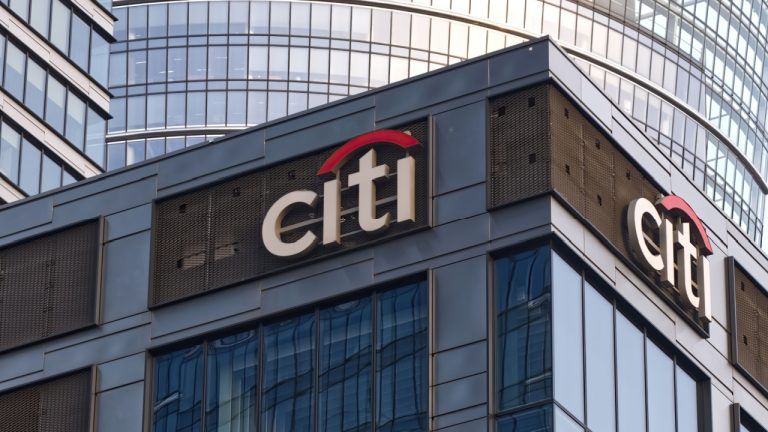

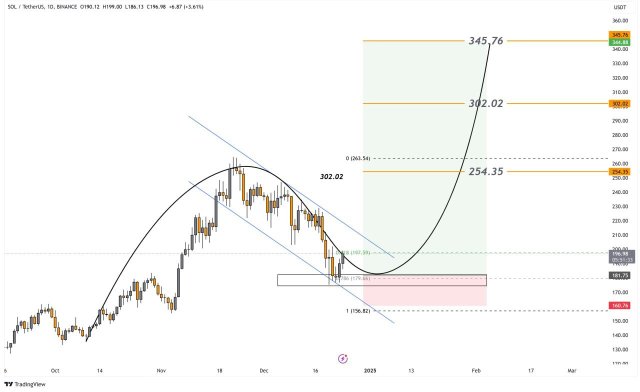




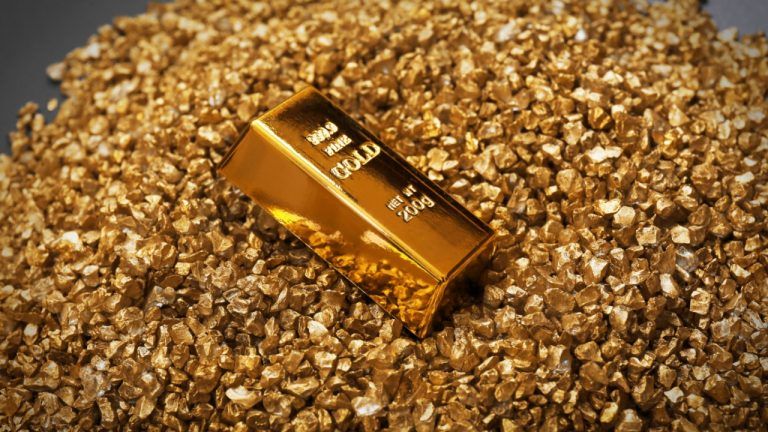
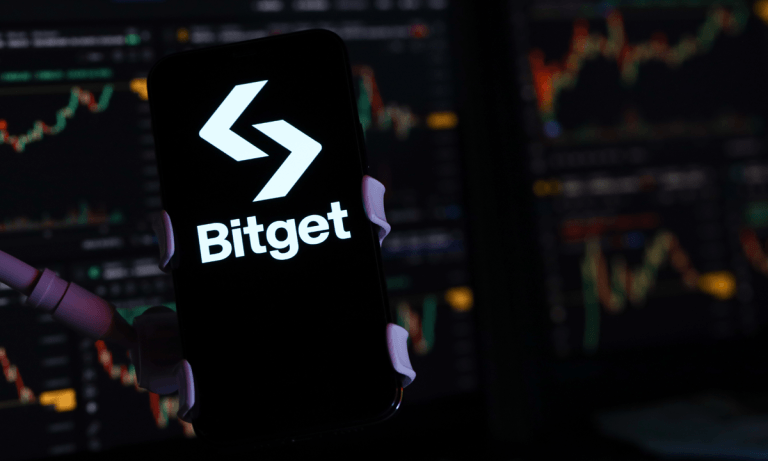


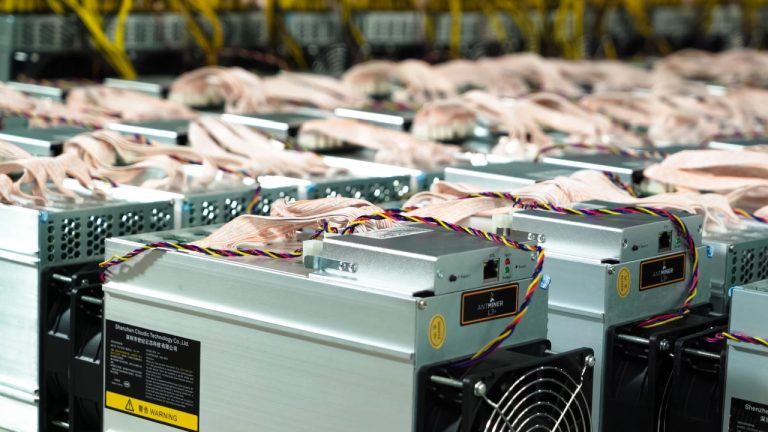





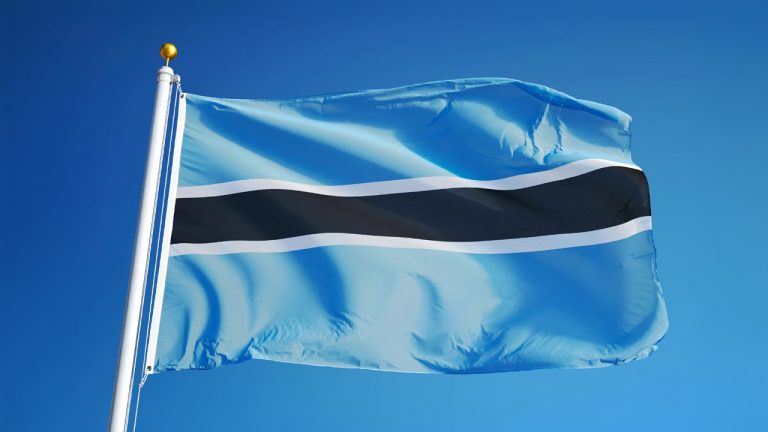


Comments